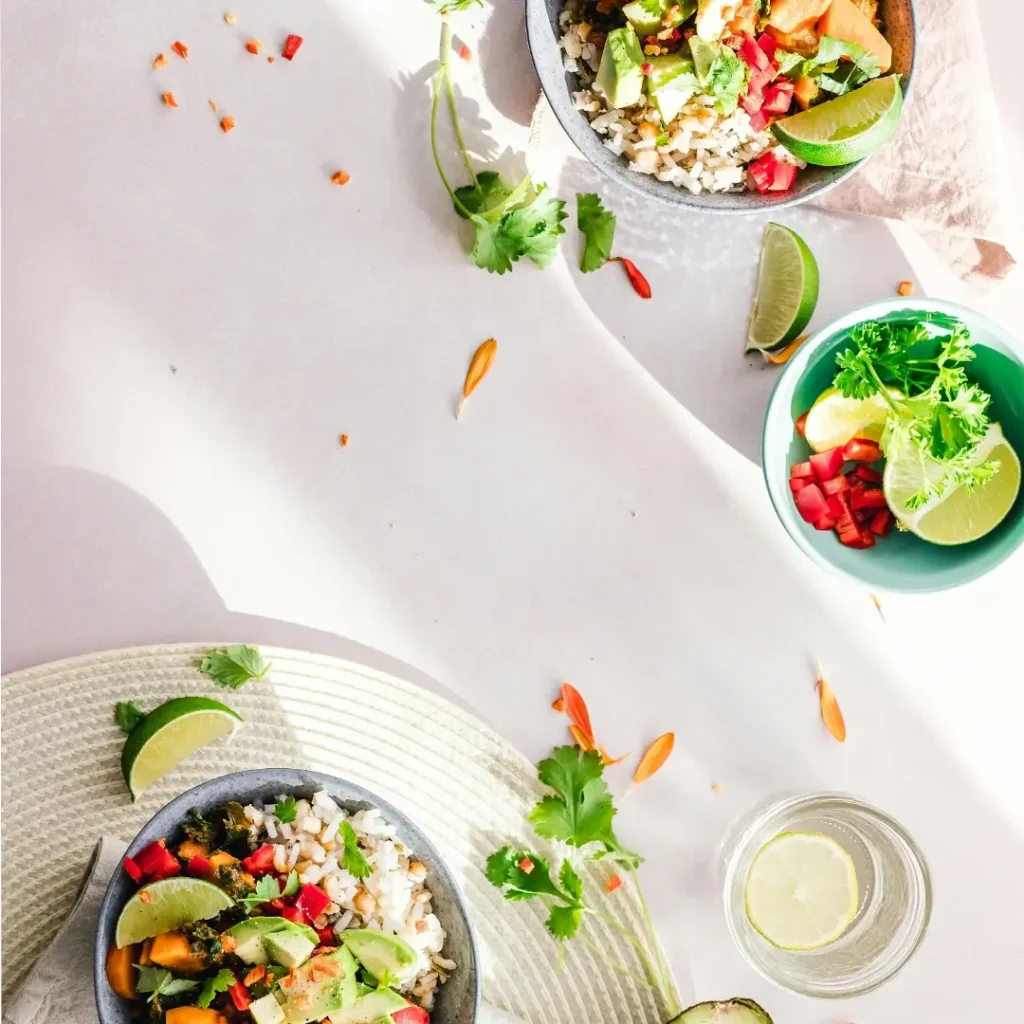Nutrition Services
Food Nutrition Is Step One To Achieving Balanced Health
Functional Nutrition Services
Functional Medicine approaches the body from the perspective of treating the root causes of disease, and we use Food as Medicine as the first step in everything we do! Our approach is to using food to influence the functioning of your body on a cellular and biochemical level. By using food as your medicine this way, you can prevent and treat illness, have a huge impact on how you feel, and we can help!
An appointment with our nutritionist can benefit everyone, because most people need a good review of what they are eating from a prevention point of view. You will also benefit from counseling if you have a specific health issue and need to know the best dietary approach for treatment (there are specific food plans for different conditions), or need to lose weight.
Nutrition Services For Adults
In a patient-centered approach to healing, we will assess your lifestyle, genetic make-up, and both your internal and external environments. We will then create an individualized plan that will help restore and maintain your optimal health. We incorporate Functional Nutrition into all of our programs, and in fact, we feel so strongly about this that our Nutritionist sees all of our General Medicine Patients as part of their Initial visit.
Our nutrition specialties include:
- Weight loss programs personalized for your genetics and current health issues
- Medical detox programs for weight loss, reducing toxic load, preventing and treating chronic illness.
- Food plans to treat constipation, IBS, IBD and SIBO. (all gut issues)
- Food plans to lower cholesterol, blood pressure and blood sugar (diabetes)
- Cancer nutrition through the spectrum: prevention, during treatment, and recovery
- Testing for food sensitivities and implementing your food plan based on results
- Vitamin testing and treatment of nutrient deficiencies
- Specialized diets including Cardiometabolic, Mediterranean, Paleo, Ketogenic, Healthy Vegan, Autoimmune, low FODMAP, SCD. You name it, we can help!

Pediatric Nutrition
From birth to teenage years, our focus is to optimize the nutritional health of your children. Our nutritionist sees pediatric patients and their families at Blum Center, and has extensive experience in addressing a wide variety of childhood illnesses.
We help your children thrive by using the power of food, herbs and targeted nutrition support for both prevention of and healing from both acute and chronic illnesses.
Our Pediatric expertise includes:
- Gastrointestinal disorders ranging from chronic constipation to Irritable Bowel Disease
- Neurologic disorders such as autism, ADHD, PANS/PANDAS
- Mood challenges including anxiety, depression
- Eczema, colic, reflux
- Asthma and allergy
- Pre- and post-natal counselling for optimal outcomes
- Feeding guidance for picky eaters and those with food restrictions
- Prepping before and after vaccination for optimal outcomes
